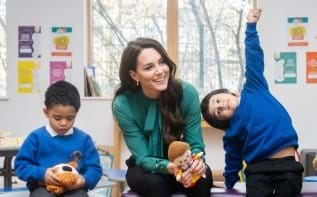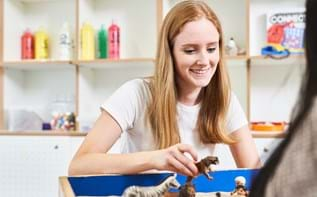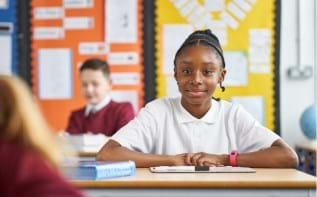Tying up loose ends: finishing therapy with children
Finishing one-to-one counselling can be difficult for both Place2Be counsellors and the pupils they support. Sarah Kendrick, Former Head of Service for the South, explains how therapists approach ‘endings’ and the impact it can have on children and young people.
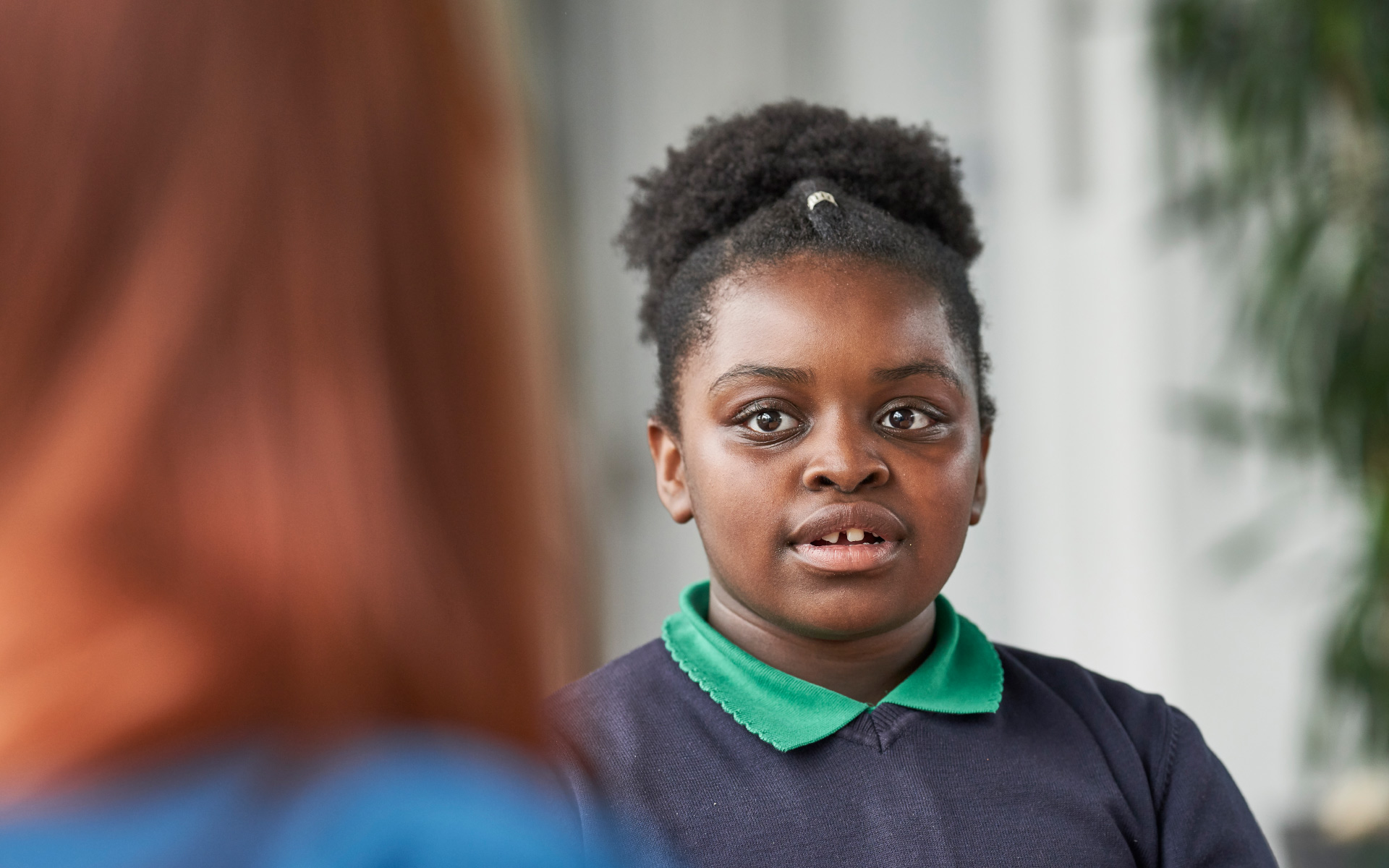
Endings are never perfect, often painful and universally experienced in one form or another. Very often in life, we seek to avoid them because they're too full of decisions and emotions. Ending a meaningful relationship may be one of the most challenging things we do. I know of very few people who have done so without some distress or sadness.
Unsurprisingly, the same applies to a therapist's and client's relationship. In therapy, disparate feelings and experiences are woven into a narrative which helps the client manage and make sense of their situation. When that process has to stop, it can be difficult for the therapist and the client alike. And inevitably, there are loose ends and imperfections. Learning to manage endings and move forward positively is an important life skill we support through all our work with children.
In the summer months, when many of Place2Be's one-to-one counselling sessions will come to a close, the children and young people we support are also experiencing multiple endings with teachers and their peers as they move on to a new class, a different school, college or the world of work.
Ending the therapeutic relationship can feel deeply and sometimes traumatically reminiscent of other losses. Many of the children we support have experienced unsatisfactory or traumatic endings in their lives already, such as bereavement or being taken into care. For some, these endings have brought them to therapy in the first place.
Therapists gently introduce endings into each step of the process. Right at the beginning of therapy, we agree on a kind of 'contract' which names an end date for the sessions. Children often make calendars that are crossed off each week and mark the march towards the end. This process shows shared confidence in reaching goals the therapist and child have set together and looking towards the future.
During the weeks preceding the final session, we will look at the learning that has come out of the therapy, particular 'landmarks' in the sessions, and those moments when breakthroughs in understanding (on both sides) were made. We will celebrate these alongside the more complex and painful material that emerged in our work together.
We will also review the skills learned in therapy and revisit strategies that have helped us think about problems, relating these to the art-making that has been part of the therapy. The child or young person will take home the artwork at the close of the therapy as an important and lasting testament to the work, the emotion, the issues and the relationship developed during Place2Be sessions.
Children and young people invest significantly in their relationships with their therapists. If the relationship has gone well, they may have grown to feel close to them and understood by them. They will see the therapist as someone who can help them to contain and manage feelings and feel safer. As therapists, our role in endings is to help our clients to see that they now have the skills to make themselves feel better, more soothed and able to think through issues and problems.
Tying up loose ends for children and young people in therapy can also mean talking to people who care for them, support them and teach them. Ensuring parents and carers know how their child or young person has managed in therapy can help ensure they offer the proper support. Teachers, too, can encourage students to build on what they’ve learnt during therapy.
Children and young people will inevitably experience more endings as they grow up, so it’s vital that the adults in their lives – therapists, parents and carers, and teachers – give them the tools to manage and see the new beginnings behind those endings.
This blog was written in a personal capacity and does not necessarily reflect the view of the organisation.
News & blogs
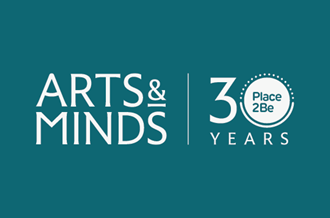
Place2Be announces Arts & Minds Gala featuring Alistair Petrie, Katie Melua and LUAP
The gala will bring together 200 guests for an evening to remember, and raise vital funds for children’s mental health.
Read more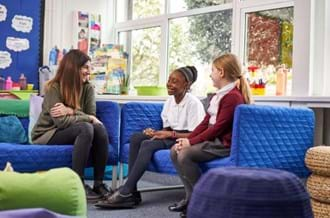
Training as a child counsellor in a Place2Be school
We sat down with Adele to learn more about her experience of training as a child counsellor with Place2be.
Read more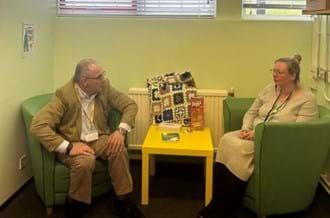
Harlow MP sees impact of our embedded service during school visit
Robert Halfon visited Stewards Academy on Friday 19 April, gaining insight into how Place2Be’s service supports students.
Read more
